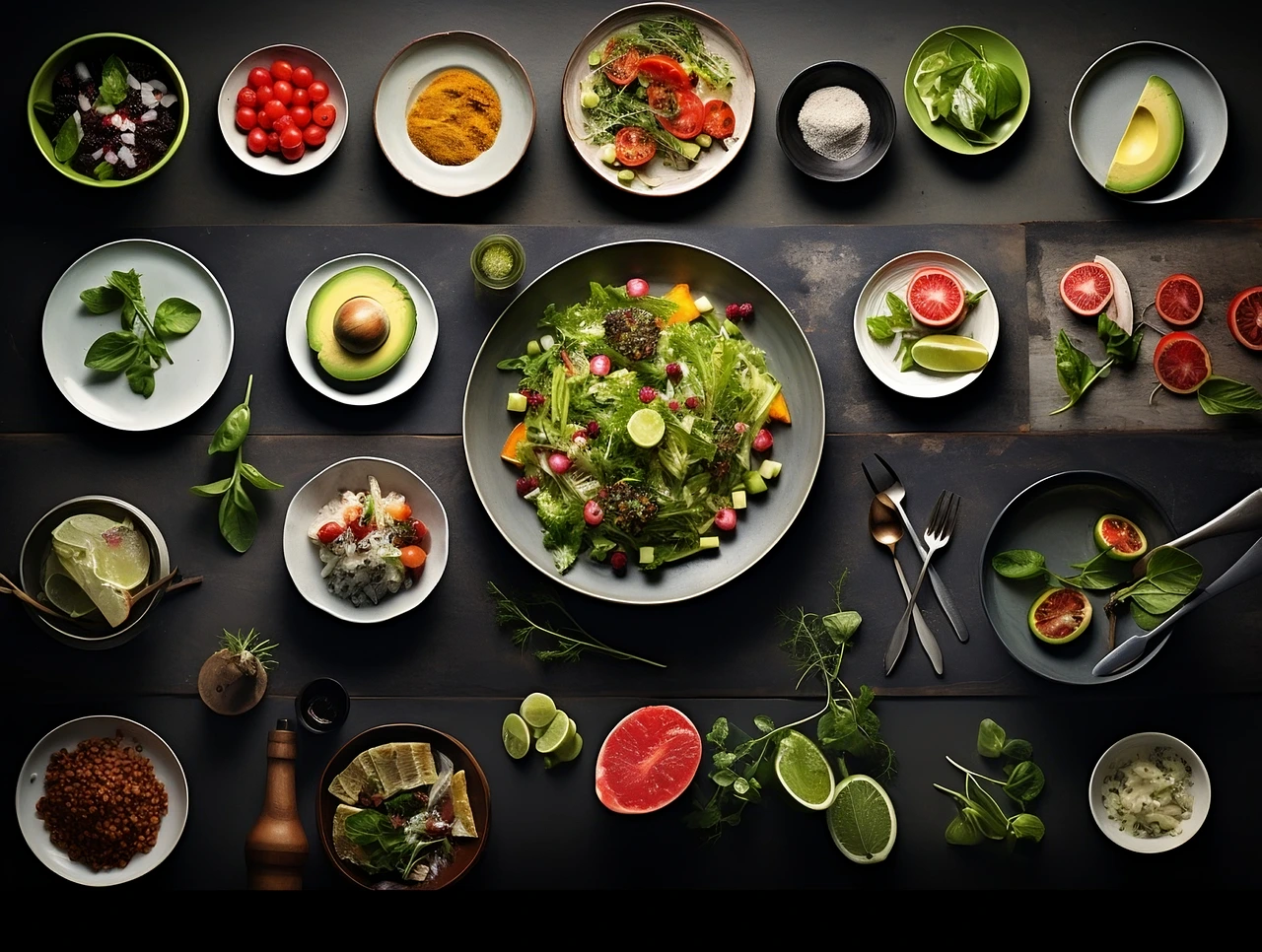The Art of Food Presentation takes on a heightened significance in the social media era. Whether you’re a professional chef or a home cook, the skill of making your dishes Instagram-worthy can elevate your culinary creations. This article delves into the principles and techniques that transform a simple plate of food into a visual masterpiece.
I. The Essence of Food Presentation:
Food presentation is more than just placing ingredients on a plate. It’s a visual journey that begins with selecting the right elements. The art of food presentation starts with understanding the balance of colors, textures, and shapes. The goal is to create a visually appealing composition that entices both the eyes and the palate. To master the art of food presentation, let’s break it down into key components.
II. Color Harmony:
Color is one of the first things we notice about a dish. The use of vibrant, contrasting colors can make a dish pop. Consider the color wheel and look for harmonious combinations. Complementary colors, such as red and green or blue and orange, create visual interest. Play with the colors of your ingredients to create a stunning visual effect. Now, let’s delve into the role of textures.
III. Textural Variations:
Textures add depth and intrigue to your dish. Combine crispy with creamy, smooth with crunchy. For example, a crispy garnish on a velvety soup or a crunchy cracker on a creamy cheese platter. The interplay of textures adds excitement to each bite and makes your dish more memorable. Moving on, let’s discuss the power of plating techniques.
IV. Plating Techniques:
The way you arrange your ingredients matters. Techniques like layering, stacking, and drizzling sauces can make your dish visually engaging. Pay attention to negative space on the plate – it gives your dish room to breathe. Consider using tweezers to delicately place small garnishes with precision. Lighting is another crucial element.

V. The Role of Lighting:
Lighting can make or break your food photos. Natural light is your best friend. Place your dish near a window or in a well-lit setting. Avoid harsh overhead lighting, as it can create unappealing shadows. Experiment with different angles and intensities to find the most flattering lighting for your dish. Next, let’s explore the importance of props and backgrounds.
VI. Props and Backgrounds:
Choosing the right props and backgrounds can enhance your food presentation. Simple, neutral backgrounds like wooden boards or solid colors can make your dish stand out. Use complementary props, such as fresh herbs, utensils, or textiles, to add context and visual interest. Wrapping up, remember that practice makes perfect.
VII. Practice and Patience:
Becoming proficient in the art of food presentation takes time and practice. Don’t be discouraged if your first attempts don’t look perfect. Experiment with different ideas, and take inspiration from food photography experts. With patience and creativity, you’ll refine your presentation skills.

The art of food presentation is an essential skill for anyone looking to share their culinary creations with the world, especially on platforms like Instagram. By understanding the principles of color harmony, textural variations, plating techniques, lighting, props, and backgrounds, you can transform your dishes into visual masterpieces. With practice and creativity, your meals will not only taste incredible but also look stunning in every photograph you share.
RELATED: Farm-to-Table Dining: Exploring the Local Food Movement – EcoDetox (freshfoodblog.com)




